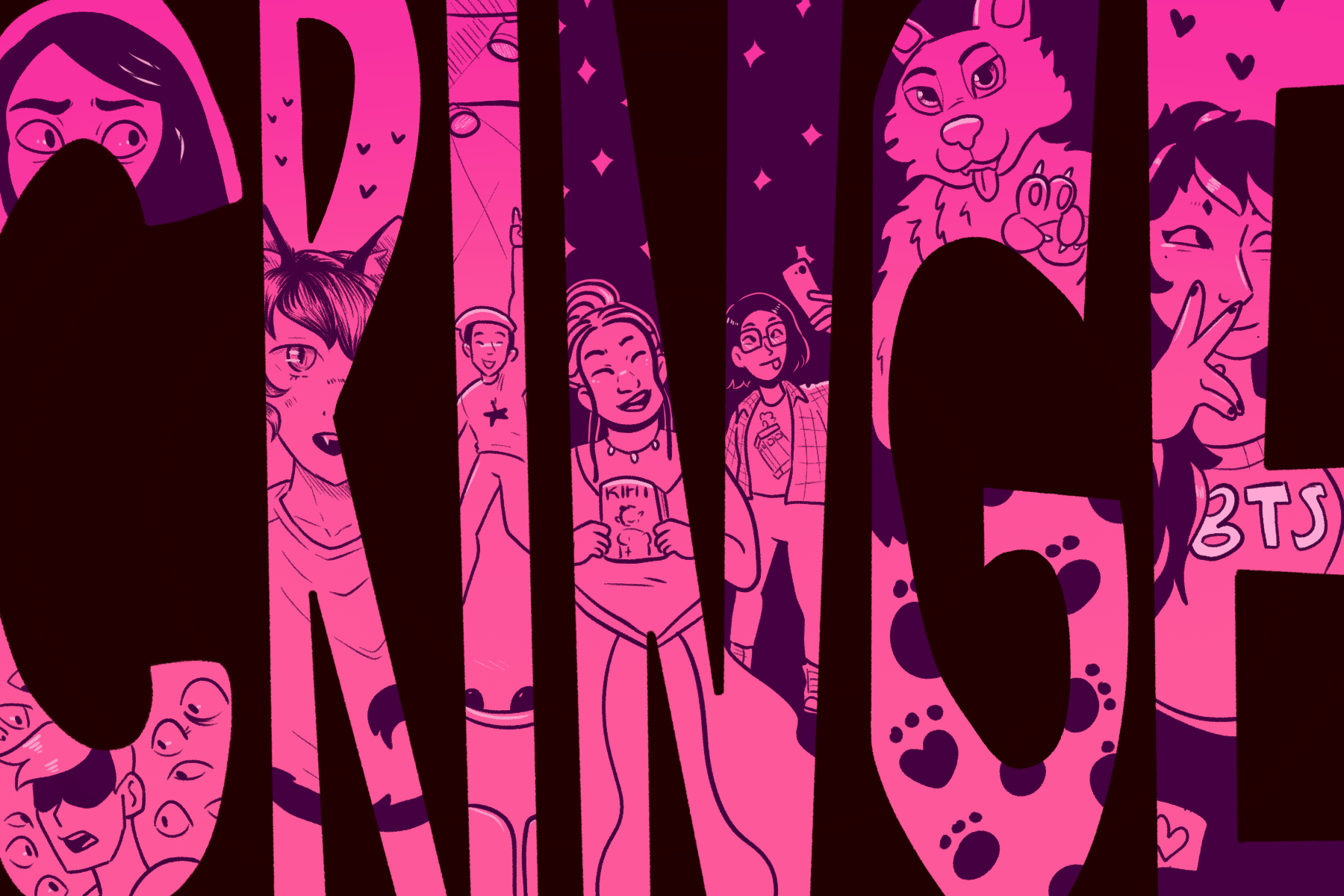In a world where trends spread like wildfire and judgment is just a click away, the term ‘cringe’ has emerged as a one-size-fits-all label. From furries and cosplayers to the fervent fans of niche hobbies and fandoms, our quick-to-judge culture often dismisses what it doesn’t understand as ‘weird’ or ‘cringe.’ But as we move forward, there’s a growing sentiment towards redefining cringe. What if we dared to look beyond the surface and delve into the creative depths that power these seemingly unusual pursuits? Let’s embark on a journey to break down the walls of ‘cringe’ and unveil the vibrant worlds of imagination that lie beneath.
Enter the realm of furries and cosplayers, and you step into a world of fantasy and creativity that goes beyond the ordinary. These enthusiasts don’t merely don costumes; they step into identities, embarking on immersive experiences that celebrate their favorite characters.
Furries, known for their anthropomorphic personas, embrace the opportunity to explore their wild side in a supportive community that values self-expression.
Cosplayers, on the other hand, bring beloved characters to life, dedicating hours to crafting intricate costumes that blur the line between fiction and reality.
What many might dismiss as ‘weird’ is a celebration of imagination and an avenue for personal growth. The elaborate costumes, the meticulously designed accessories, and the joy of embodying fictional personas all showcase the artistic prowess and dedication of these individuals. Conventions become a haven where creativity thrives, where attendees bask in the glory of their shared passions, and where judgment has no place.
Beyond the convention halls, a plethora of hobbies and fandoms quietly flourish, their practitioners often labeled as a part of the cringe culture by the uninitiated. Collecting vintage action figures, diving deep into the lore of obscure TV shows, or dedicating oneself to mastering fictional languages—these pursuits may appear odd to some, but they’re a celebration of the boundless human capacity for curiosity and interest.
Consider the Harry Potter franchise. What might seem “cringe” to one person is an enchanting realm of spells, friendships, and lessons that resonate deeply with others. To be part of a fandom is to find a community that shares your enthusiasm and a space to celebrate your love for something you hold dear. Fandoms breathe life into pop culture and create a sense of belonging that stretches across time zones and borders.
As we ponder the “cringe” phenomenon, it’s essential to trace its roots and understand its evolution. Initially, ‘cringe’ was a term used to describe the feeling of second-hand embarrassment or discomfort. It hinted at the empathy we feel when witnessing something awkward or ill-fated. However, with the onset of the digital age and rapid cultural shifts, we’re seeing a movement towards redefining cringe. Over time, “cringe” transformed from a mere sensation to a judgmental label, pointing fingers at that which deviated from the norms of social acceptability.
This transformation, fueled by the “dark side” of the digital age, brought forth a culture of instant reactions and viral ridicule. The “cringe” label became an easy way to mock and distance oneself from anything deemed different. Yet, as society navigates a landscape where diversity and uniqueness should be celebrated, redefining cringe becomes paramount. It’s time to reevaluate the weight that’s given to this term and understand its broader implications.
















